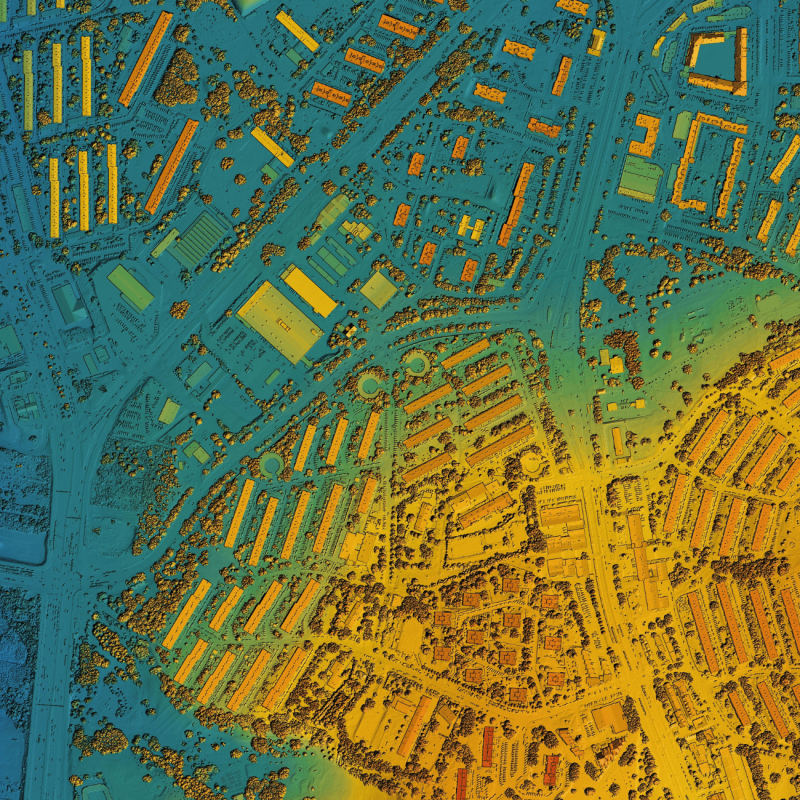Working Paper 221
Statistics South Africa serves as a crucial source of national and provincial data. However, obtaining detailed estimates of the unemployment rate at more localised levels often poses challenges due to insufficient sample sizes for reliable estimates. This issue is further complicated when data is disaggregated by gender and age groups. This study utilizes a spatiotemporal small area estimation technique to address these challenges. This approach combines spatial and temporal dimensions, employing data from the Quarterly Labour Force Survey and the 2016 Community Survey. The results indicate that women encounter greater barriers to employment than men. Additionally, unemployment rates are notably high among the youth age groups. The study also reveals a substantial gap between urban and rural districts in South Africa. These findings are vital for identifying districts and demographic groups with high unemployment rates. This information can inform targeted and effective policy measures to reduce unemployment and improve job opportunities.
Keywords: Spatiotemporal analysis, District municipalities, Data-driven policymaking, Unemployment rates, Small area estimation


